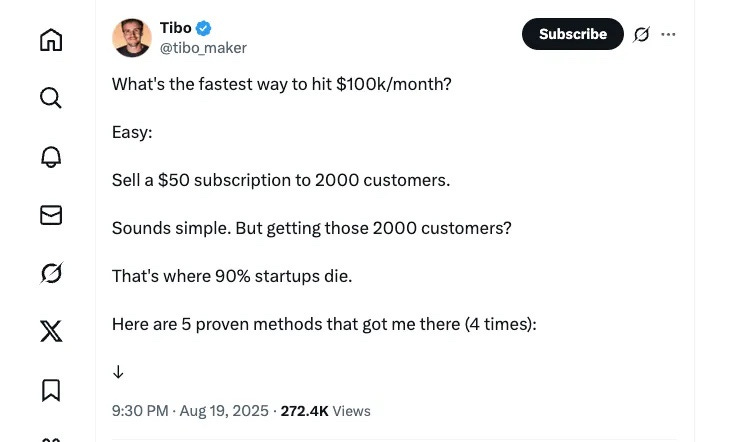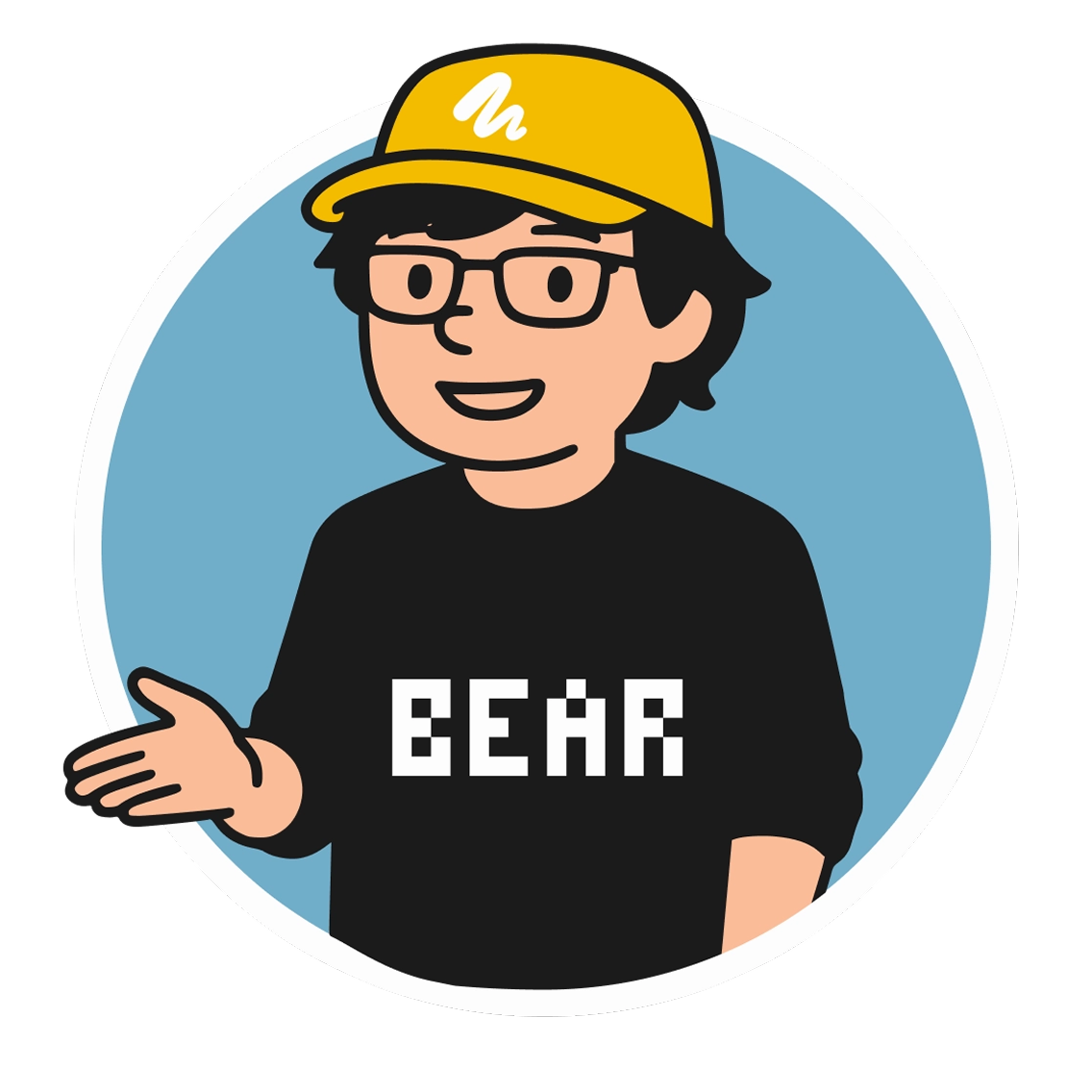75 / How AI is Changing the Way We Design
Hello!
Today, let’s talk about how AI is changing the way we design.
No one argues anymore about AI making coding faster—it clearly does. But what about design? Some people say it’s impossible. Others think AI could even replace designers altogether. From my experience, if you know how to use the right AI tools, you can get three to five times faster while keeping the same quality.
Take a recent project of mine: our English-speaking app JAM is rolling out its most important new feature—topic packs. Before, practice was one-size-fits-all. With topic packs, it feels like a proper language-learning app: users can pick a theme and practise conversations around it.
This design took me about three days—roughly 20 hours. Here’s what was involved:
Research
Mapping the curriculum
Writing the training content
Generating topic cards
Finalising the UI design
Without AI, this would’ve taken at least three people—a UI designer, a content designer, and a copywriter—two to three weeks, plus input from an education consultant. This time, I did it solo.
The trick, just like in coding, lies in the details:
When to generate images with AI
Whether to use ChatGPT, NanoBanana, or another tool
How to keep the course content accurate
How to ensure the overall project stays consistent and stable
These decisions need someone with hands-on experience. That’s why we’re seeing a shift: older developers who can master AI aren’t being left behind—they’re in higher demand because they deliver more. I believe the same applies to designers. The key is knowing when to step in yourself, and when to hand things over to AI.
This Week’s Video
How I Made AI 10× Smarter with Just 12 Words (My Minimal Prompting Framework)
Still frustrated by messy AI answers? The problem isn’t the AI—it’s the prompt.
In my latest video, I share three simple prompts—just 12 words in total—that completely changed how I use AI in design, tech, and productivity. Learn them once, and you can turn any AI into a reliable teammate that gives structured, accurate, logical answers.
[Ad] Build Confidence in Speaking English—Start with JAM
JAM is a one-minute speaking practice app: random topics, 60 seconds of nonstop talking, and an AI coach named Jammy who corrects you instantly and shows better phrasing. One minute a day is enough to go from “too shy to speak” to “speaking naturally.”
Newsletter readers get an exclusive bonus: 1 month free membership (worth $5). Start your 30-day challenge now, and in a month you’ll be surprised by how much smoother your English sounds.
[Ad] In the Age of AI, What’s Your Human Superpower?
AI is coming like a tidal wave. Those who just stand on the beach will get swept away. But those who learn to surf will see farther from the crest of the wave.
AI brings speed, scale, and efficiency. Humans bring empathy, creativity, and connection. In our Bear with AI community, we explore how to combine the best of both worlds—human and machine—so you can ride the wave instead of being crushed by it.
Courses: 10+ hands-on classes balancing AI skills with human strengths
Workshops: In 30 days, create your first AI-powered project
Toolkits: Member-only resources and discounts—save $100+ on tools
Community: A space to learn, share, and collaborate so you’re never growing alone
Join the waitlist today, and you’ll be first to know when early access opens.
https://bearwith.AI
This Week’s Picks
1) The 3-2-1 Speaking Trick: Cut the Rambling
Ever freeze up when called on to speak? Or ramble without structure? Communication coach Vinh Giangshares a simple framework: 3-2-1.
One core idea
Two perspectives or counterpoints
Three practical steps
This gives your speech a “skeleton” that makes it sharper and easier to follow.
It fits perfectly with the JAM app—especially for one-minute random topic practice. I could easily see this framework becoming part of JAM’s resource library or a future course pack.
2) The Simple Formula for $100K a Month (@tibo_maker)
How do you hit $100K monthly revenue? In theory, it’s simple: sell a $50 subscription to 2,000 people. The hard part is finding those 2,000.
Tibo’s approach: spend 50% of your time building, 50% finding customers. “Content isn’t marketing—it’s your lifeline.”
That matches my own experience: success doesn’t just come from the product itself, but from consistent sharing, building in public, and engaging honestly with users. That’s why I stick with newsletters, YouTube, and Twitter.
3) YouTube Growth Hacks from Noah Kagan
Plan thumbnails before filming—shoot 50+ if needed to find the best. Use KeywordTool.io and AnswerThePublic for ideas. If one video spikes in subscribers, make a follow-up fast. Start with a click-worthy title, then swap to an SEO-optimised one after the algorithm picks it up.
Grassroots tactics work too: offer giveaways (Noah once gave away a $1,300 MacBook Pro and gained ~400 subscribers—about $3 each). Use YouTube Community posts. Keep titles at 30–45 characters with numbers or brackets. Naturally weave in keywords during the video. Mix in screenshots and B-roll. Use “teasers” mid-video to keep people watching. And don’t be shy about cold-emailing other creators—you can find contacts on their About page.
Hello, I’m Bear—a product designer, UX mentor and an award‑winning bilingual podcast host, currently living in Auckland, New Zealand. I enjoy sharing insights from my work, life, and study, helping all of us grow together.
Bear Academy Newsletter is my weekly email packed with thoughts on technology, design, and productivity—featuring book breakdowns, learning tips, and career reflections. Subscribe for free at bear.academy
💬 Contact
Youtube.com/@Bearliu - A video is worth a thousand words
bear@beartalking.com - The old fashion email way
LinkedIn.com/in/bearliu - My professional life
Beartalking.com - all my posts, in English and Chinese
https://twitter.com/bearbig - Majorly I post in Chinese








